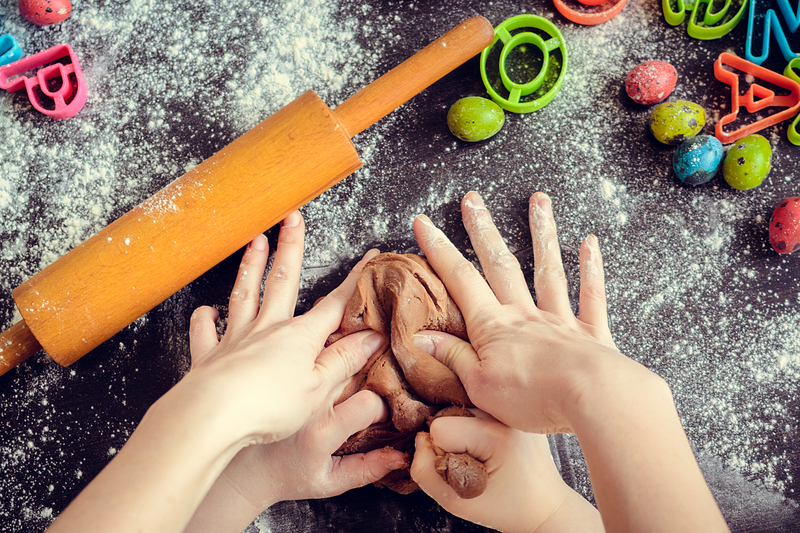Bookshelf Cleaning and Organization Tips
Posted on 03/09/2025
Bookshelf Cleaning and Organization Tips
Maintaining a clean and organized bookshelf is not only visually appealing but also helps in prolonging the lifespan of your books and makes it easier to locate your favorite reads. Whether you have a small collection or an extensive library, these tips will help you keep your bookshelf pristine and well-organized.

1. Remove All Items From the Bookshelf
The first step in cleaning and organizing your bookshelf is to remove all items. This allows you to clean thoroughly and evaluate each item individually. Lay the books and other items out on a clean surface and prepare to sort them.
2. Dust and Clean Shelves
Dust accumulates quickly on bookshelves, so it's essential to clean them regularly. Use a microfiber cloth or a duster to remove dust from shelves and books. For stubborn grime, use a damp cloth with a bit of mild detergent. Ensure the shelves are completely dry before replacing items.
3. Sort and Declutter
Go through each book and item you removed from your shelf. Ask yourself if each book still holds value for your collection. This is a great time to declutter by donating, selling, or recycling books that no longer serve a purpose. Sort your books into categories such as fiction, non-fiction, cookbooks, or reference materials.
4. Organize by Category
Once you've narrowed down your collection, organize your books by category. This can be done alphabetically by author, by genre, or even by color. Choosing an organizational method that makes sense to you will make it easier to find what you're looking for and will give your bookshelf a neat appearance.
5. Utilize Vertical Space
Maximize the use of your bookshelf's vertical space by adjusting the shelf heights or adding more shelves if possible. You can also stack books horizontally to create additional layers and make use of every available inch.
6. Add Decorative Elements
Decorative elements such as bookends, plants, or photo frames can add style and personality to your bookshelf. These items can also serve practical purposes, like bookends to keep books upright or small baskets to store loose items.
7. Label Sections
Labeling can be helpful, especially if you have a large collection or multiple family members accessing the bookshelf. Use stylish label holders or even DIY labels to categorize sections visibly.
8. Maintain Regularly
To prevent re-cluttering, make it a habit to tidy up your bookshelf regularly. A monthly check to re-dust and reorganize will help maintain order and cleanliness.
Pros and Cons of an Organized Bookshelf
Pros:
- Easy to find books quickly.
- Prevents damage due to piling or misplacement.
- Visually appealing and adds to home decor.
- Fosters a good reading habit by maintaining an inviting space.
Cons:
- Time-consuming to organize initially.
- Requires regular maintenance.
- May require investment in organizational tools such as bookends or labels.

Takeaways
- Remove all items and clean shelves thoroughly.
- Sort and declutter your collection.
- Organize books in a way that makes sense to you.
- Consider adding vertical space and decorative elements.
- Label sections for easier navigation.
- Maintain regularly to keep the bookshelf in top shape.
Conclusion
A well-organized bookshelf is more than just a storage solution; it's an extension of your personal space and interests. By following these tips and regularly maintaining your bookshelf, you can create a beautiful and functional display that makes reading a joy. Remember to clean, sort, and decorate thoughtfully, and you'll enjoy a tidy and inspiring bookshelf for years to come.









